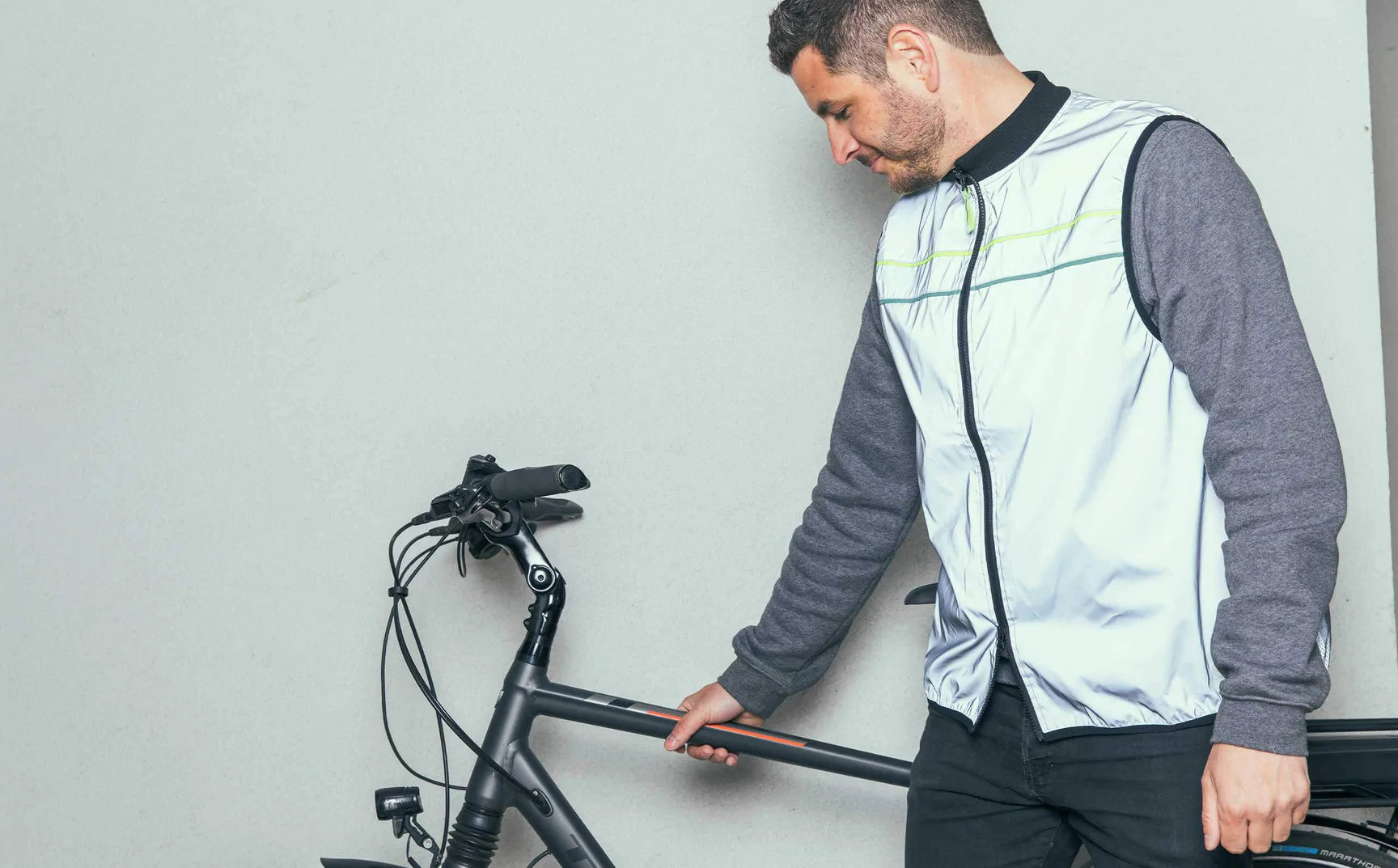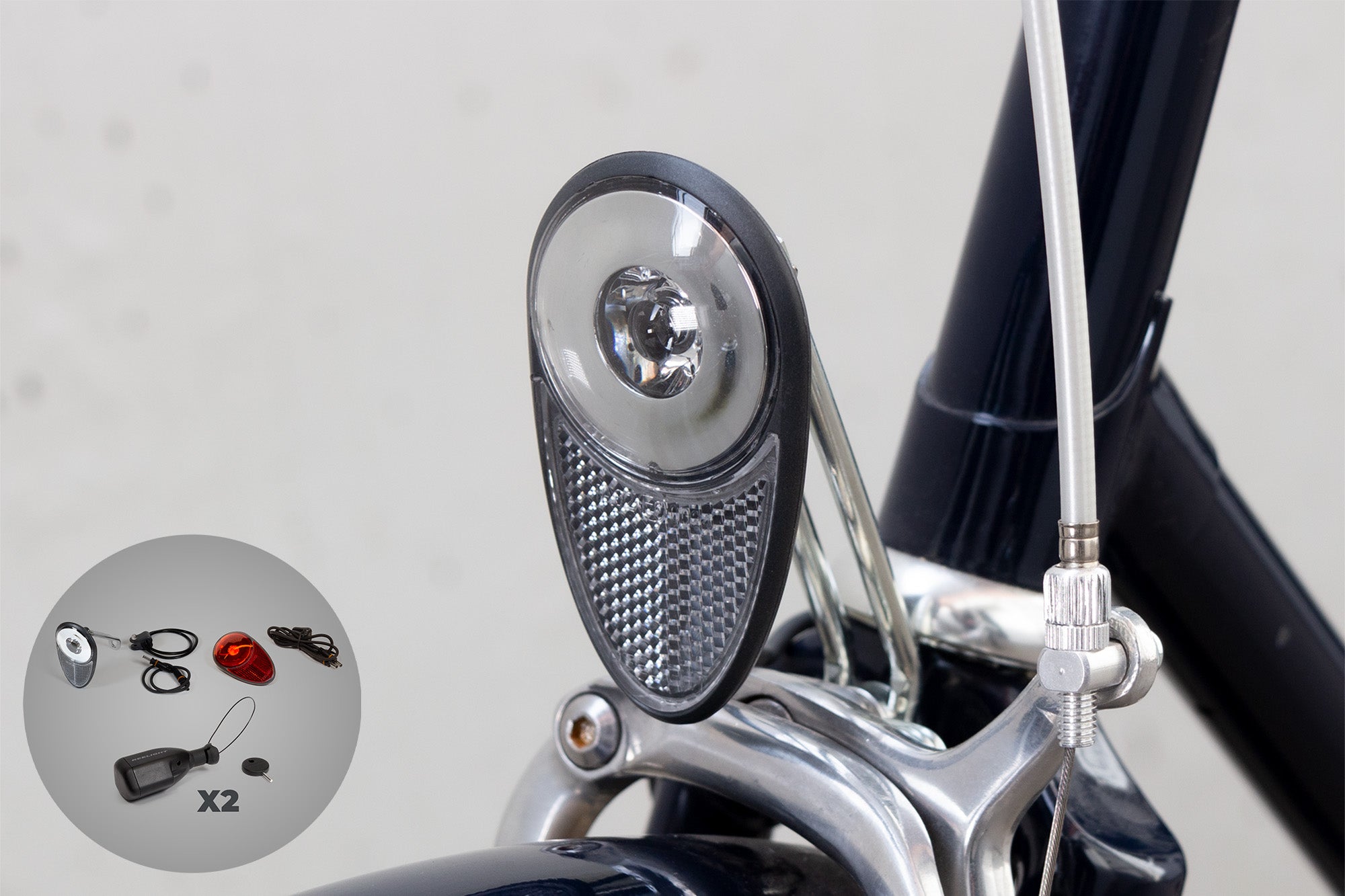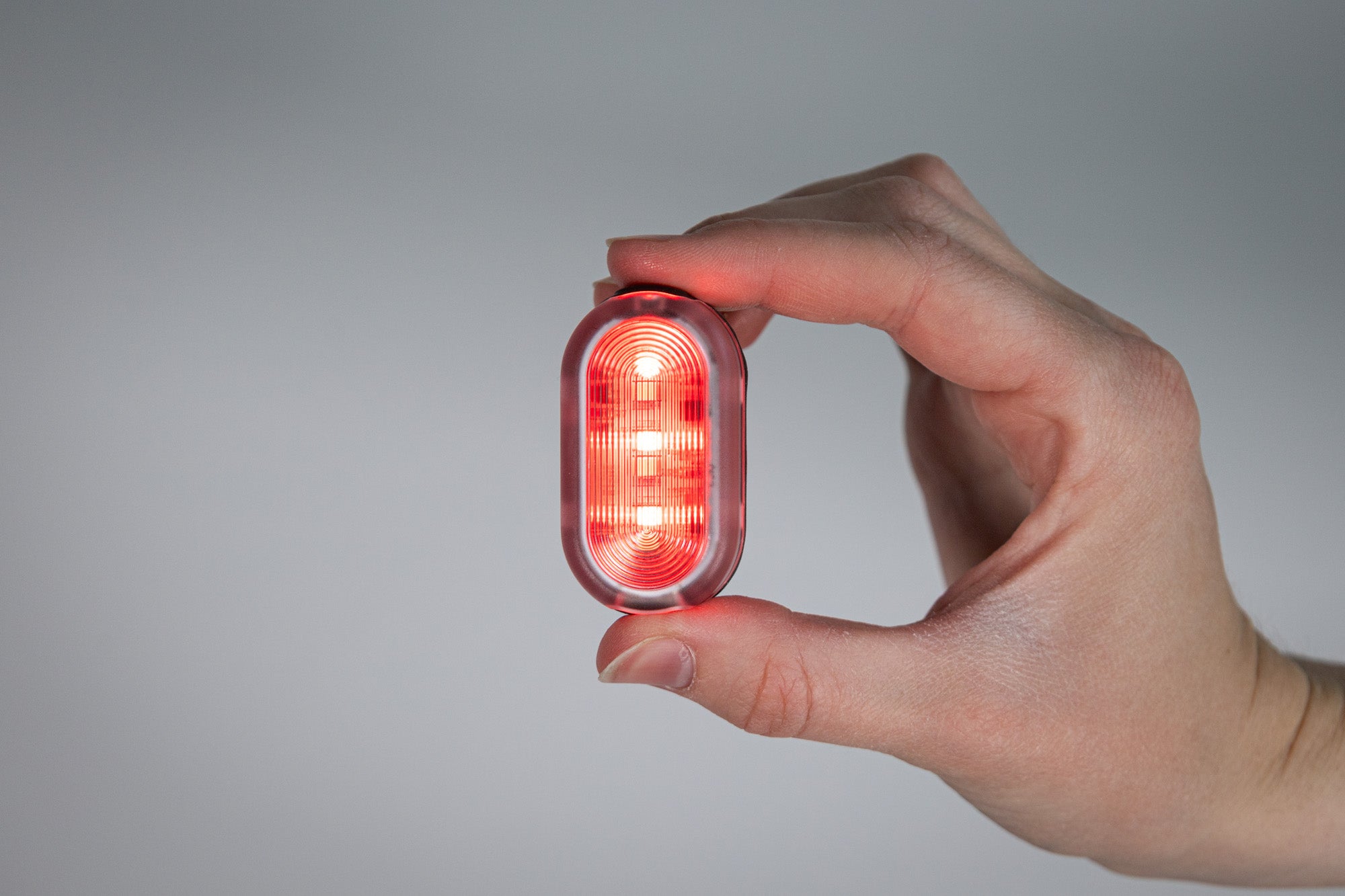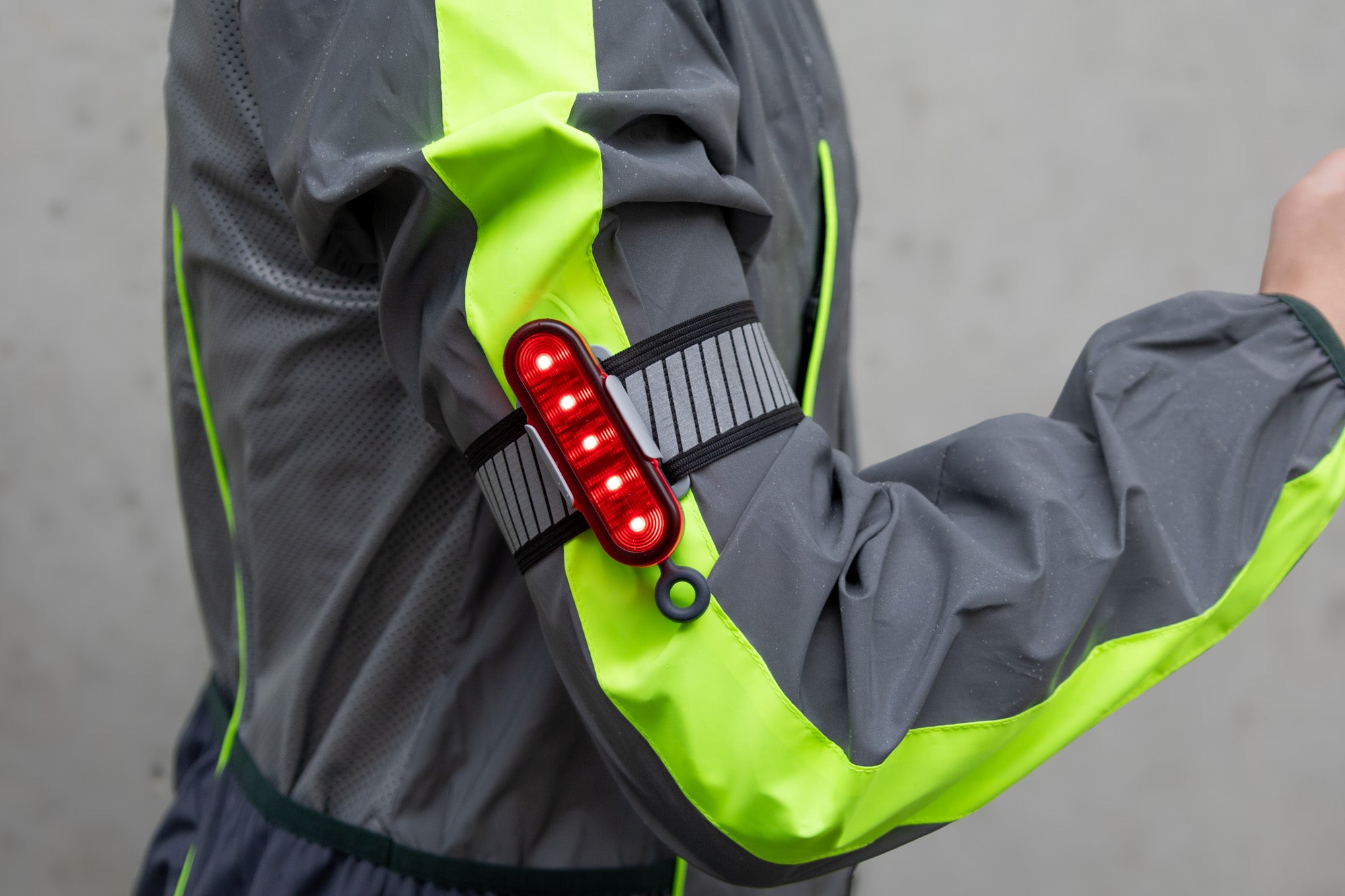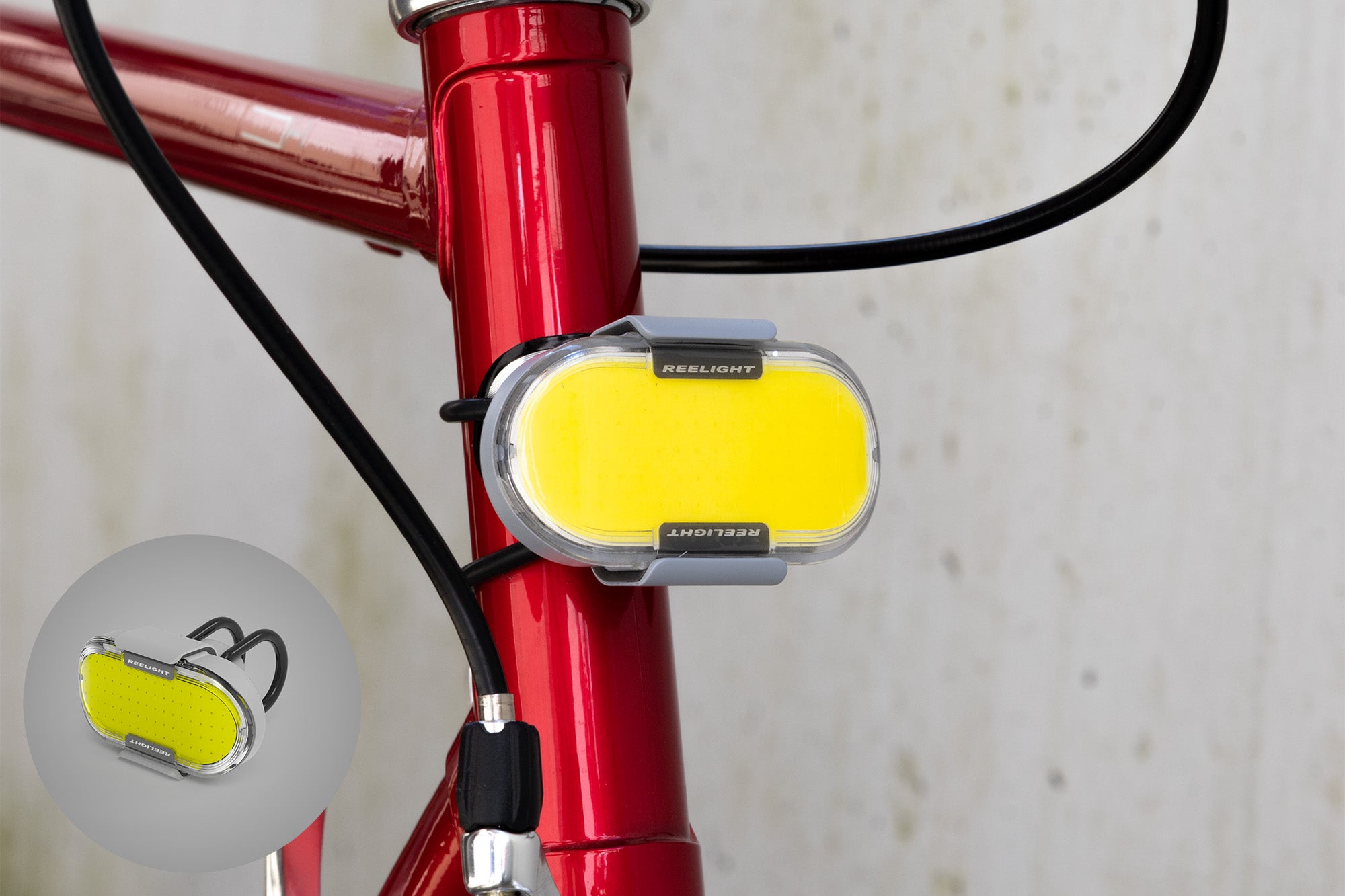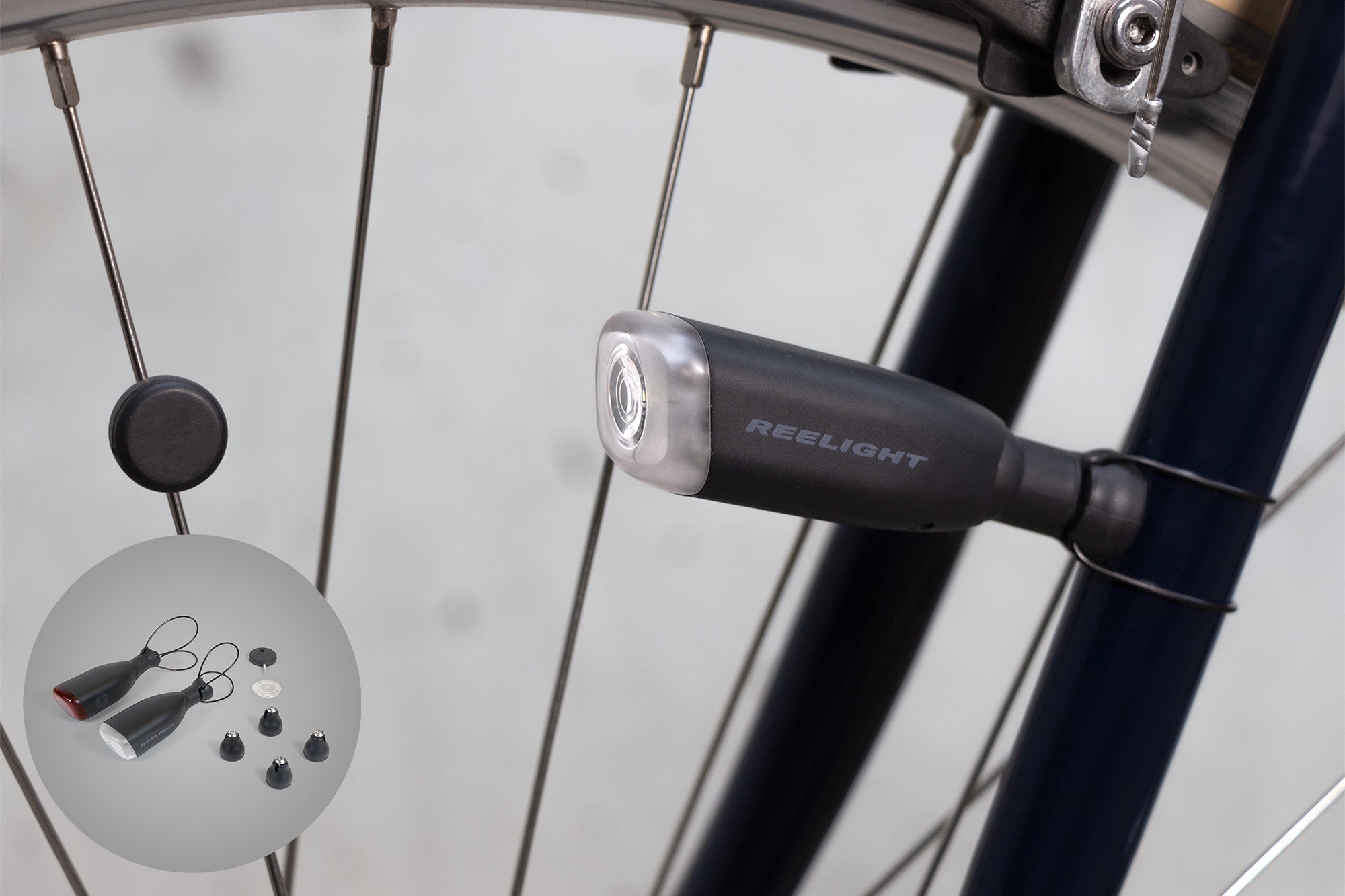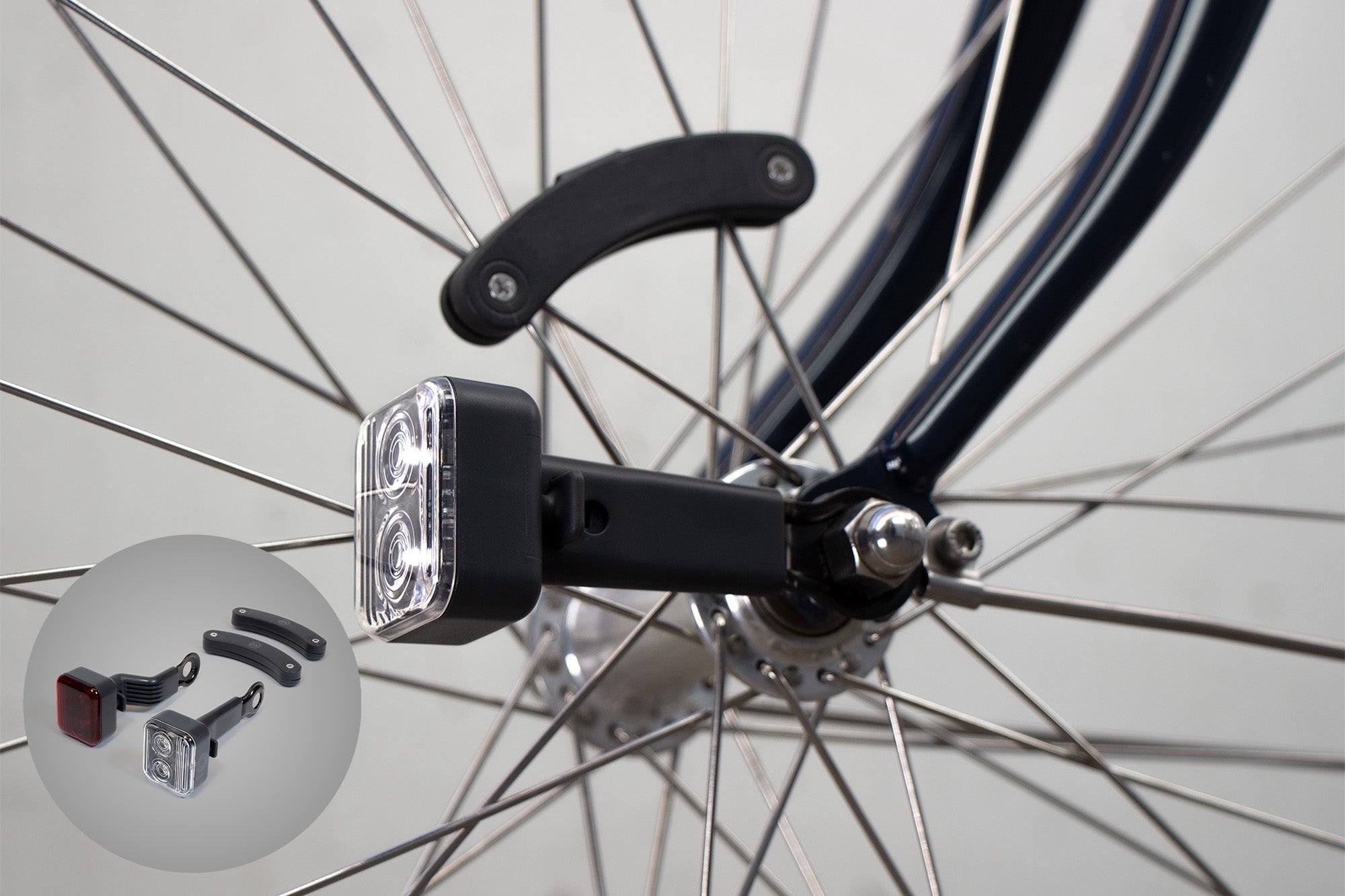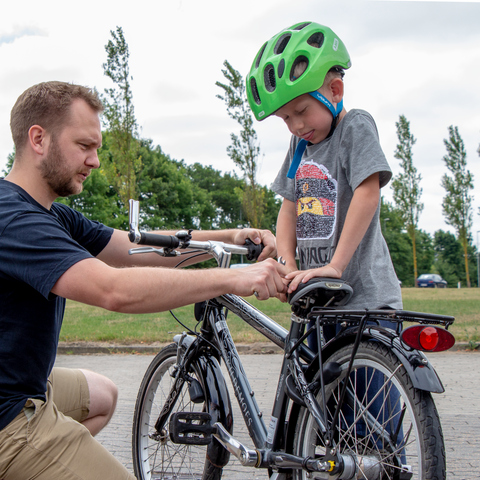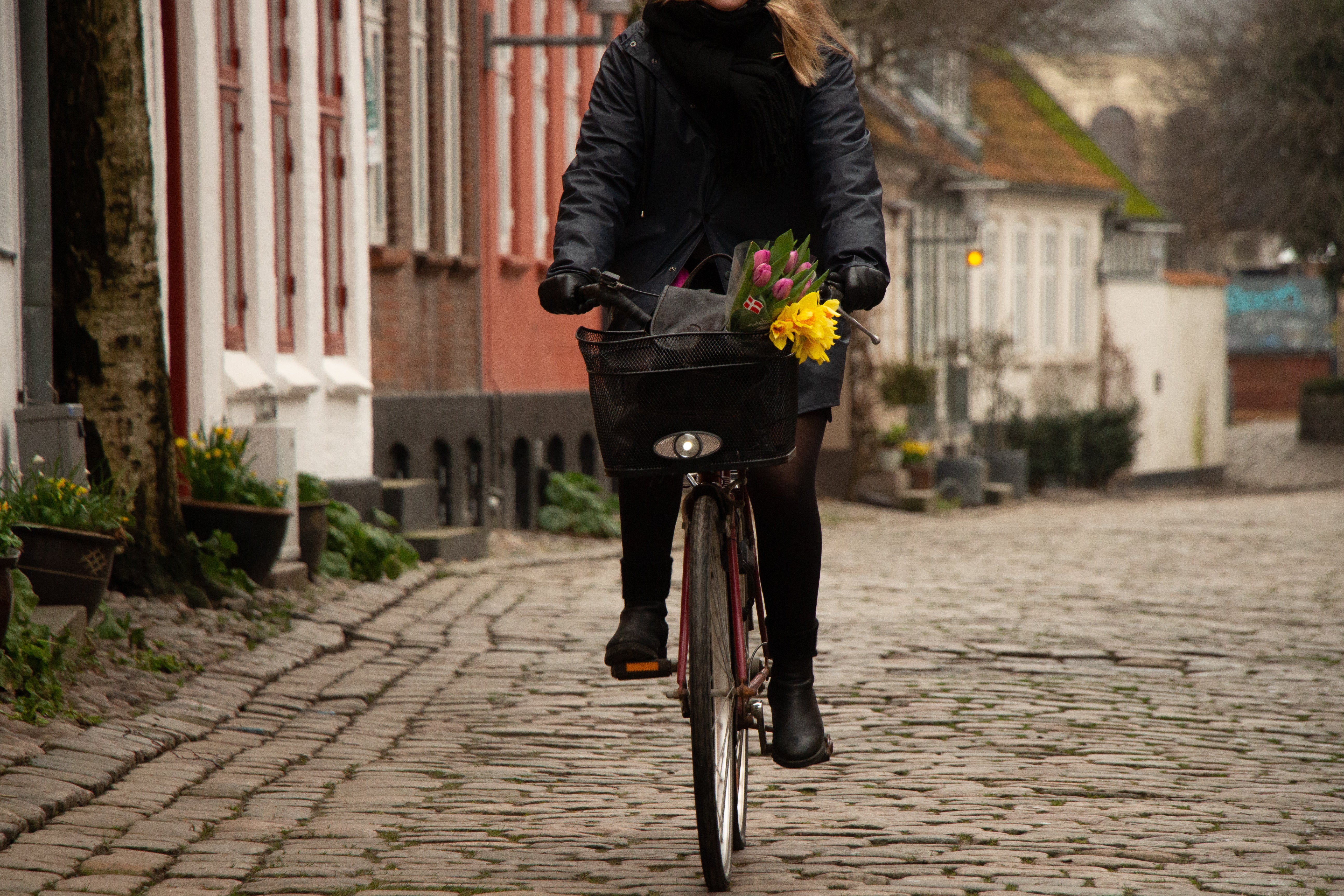
Embracing the Pedal Power: Exploring the Danish Cycling Culture
When it comes to cycling, few countries can rival the love affair that Denmark has with two wheels. Danish cycling culture is renowned worldwide, with its extensive cycling infrastructure, high number of cyclists, and a deep-rooted appreciation for the benefits of pedal power. Danes bike all year around, in any weather, anywhere. In this blog post, we delve into the fascinating world of Danish cycling culture, uncovering the reasons behind its popularity and the impact it has on society.

Infrastructure Built for Cyclists
One of the key factors contributing to the success of Danish cycling culture is the extensive cycling infrastructure. Cities like Copenhagen and Aarhus boast an impressive network of dedicated bike lanes, cycle tracks, and bridges designed specifically for cyclists. In fact, in Denmark there are more than 12.000 kilometers of cycle routes! And just in Copenhagen there are more bikes than inhabitants. It also works particularly great in the cities, as motorists sit in tailbacks, the biking commuters can sweep through traffic with no long queues, even is rush hour. Both Copenhagen and the other major cities are building more bridges and green routes through the cities to ensure a green transport route and safer opportunities for all bikers.
And the infrastructure is what ensures a safe and convenient commuting experience, enticing more people to choose bicycles as their preferred mode of transport.

Safety First
Denmark prioritizes the safety of cyclists. The infrastructure is designed to minimize conflicts between cyclists, pedestrians, and motorists. The bikers nearly always have their own lanes so they generally have their own lane at a safe distance from the cars, making cycling a much more comfortable option. They also have their own, separate traffic signals and bike-friendly roundabouts, dedicated to bicycle traffic.
Furthermore, in Denmark there are several rules and regulations in place to ensure the safety of bikers in traffic. It is required by the Danish law to have bike lights firmly mounted on your bike when its dark and they need to be visible from 300 meters. If you get stopped by the police without working lights, you can get fined up for 500 danish kroners pr light!
All this further enhance safety on the roads in Denmark, making the Danish cyclists feel safe and secure when riding in traffic.
A Lifestyle Choice
Cycling is not merely a means of transportation in Denmark; it is deeply ingrained in the lifestyle of its residents. Usually, biking commuting is not an active decision that needs to made and planned in Denmark, it is more like a default mode in which all Danes have integrated in their culture. About 75% of Danes bike all year round - also during the rainy autumn and cold winter.
Danish citizens embrace cycling as a way to stay healthy, reduce their carbon footprint, and connect with their surroundings. From young children to the elderly, people of all ages participate in cycling. You will even see many Danish families using a type of cargo bike called a Christiana bike. It has 3 wheels and a big box in the front with plenty of space for your kids, commuting back and forth from daycare, kindergarten or school. All this is making it a truly inclusive form of transport.
Integration with Public Transport
Denmark seamlessly integrates cycling with other forms of public transportation. Foe example, many people in Denmark combine their train and biking travel - so even if you live far away from your workplace, you can still add biking to your daily commute. This means that train stations and bus stops are equipped with bike parking facilities, allowing commuters to combine cycling with train or bus journeys. Furthermore, it is easy to bring your bike into the trains, trams or metro. This multimodal approach makes it convenient and efficient for people to choose bicycles for their daily commute.
Education and Awareness
Cycling proficiency is taught from an early age in Danish schools, ensuring that children are well-versed in road safety and cycling etiquette. In most Danish preschools the children will have the opportunity to take a 'cycling-test' in which they will prove their skills and knowledge of biking, biking signals and keeping in line with the rules and regulations. Most children will be biking to and from kindergarten as well, so the biking as a form of transportation is a part of most kids lives from very early on. Denmark also has cycling education programs and campaigns also target adults, promoting responsible cycling behavior and encouraging the use of bicycles as a sustainable mode of transport.
Health Benefits and Environmental Consciousness
Danish cycling culture is strongly influenced by a commitment to personal health and the environment. As the cycling conditions in Denmark are great, it is greatly known and encouraged in the Danish society to cycle on a weekly basis. Regular cycling improves cardiovascular fitness, reduces stress, and contributes to a healthier lifestyle. Going back to the cultural integration, most Danes associate biking with good values such as freedom and health. Cycling can both provide many benefits in term of health and it is one the most environmentally friendly ways to get around a city.
Denmark is also a very environmentally conscious country. For example Copenhagen has a goal to become the first carbon neutral city by 2025, and to make this happen, Copenhagen is integrating a bicycle plan with the public transport network. For years and years Denmark had, and still has today, politicians with visions of sustainable and CO-neutral cities, and this shows when you are in any of the major Danish cities. The municipalities have invested accordingly in cycling infrastructure and have created policies that favor bicycles. By choosing the bike over the car daily, Danes actively reduce traffic congestion, air pollution, and carbon emissions, thereby playing their part in combatting climate change.
Community and Social Interaction
As biking in Denmark is so much more than just getting from point A to B. Cycling in Denmark is a social activity. Friends, families, and colleagues often ride together, fostering a sense of community and camaraderie. Cycling events and clubs provide opportunities for like-minded individuals to connect, share experiences, and participate in group rides, further enriching the cycling culture. In 2022, Denmark even hosted the first stage of Tour de France.
In Denmark you will also find an array of vibrant and varied cycling events and clubs for any level of skill or ages. Here you will find designated riding routes, social activities to meet and connect with other bikers and just interact with other bike-lovers alike. You can also find many bike-friendly cafés and rest stops for example along popular biking routes. Here bikers will be met with outdoor seating areas with the cyclists in mind; a place to refuel, rest and meet other bikers. Denmark also embrace bike-sharing programs, visible in all the major cities and available for locals and tourists alike. The programs encourage people to use the bikes for both sightseeing and commuting; seeing the world through the eyes of a Dane. When you use a bike-sharing option, you will often find yourself in the company of others who are maybe also exploring the city by bike, which can create opportunities for spontaneous conversations and interactions.




